How Insights Helped Me Debug My Robot

Posted on Oct 31, 2017 7:00 AM. 4 min read time
I recently implemented a first robot on our production line. We made a lot of mistakes but at the end of the day, everything was working out. I want to use my experience, errors and successes and give them to people willing to implement their first robot flawlessly.
One of the key successes of our robotic cell was the use of Insights to debug our application.
To put things in perspective, at that time we were still developing the Lean Robotics methodology and did not have much standard tools to implement our robot (if we only knew…).
To make a long story short, we planned to perform the product testing with our robot. We would use a UR10 to test our FT Sensors. We began by doing a proof of concept, it seemed to work correctly; we spent a day or two trying to fix major bugs and thought we had tested the calibration process enough to send it into production.
A Tough Integration
So we ordered everything we needed to make the product testing cell. A UR10 robot, hardware, Vention extrusions, power bars and a computer. So we spent a couple dollars here and there, then we needed to wait for the parts to come in. A couple of weeks after the initial proof of concept we assembled everything with the real hardware and started to program our “final” product testing routine. The program had several hundred waypoints and was supposed to last 45 minutes.
So one by one we taught the points, ran the program, taught some other points and ran the program again. At the end of the week we had a usable robot that was doing what we wanted it to do. So we pressed start and, after 5 waypoints, the robot stopped. “No worries, we will re-teach that point’’ said one of my colleagues. After a couple hours of tweaking the program was up and running.
Since the program was fairly long, we would not be standing in front of the robot all the time. We were working on other parts of the project, and during that time, the robot was still stopping from time to time without anybody around. In this way, the robot could be left unattended for 10 to 30 minutes.
On top of that, after all the money we spent and all the time the four of us spent calibrating and fine-tuning the fancy calibration program, we still had no idea about how much FT Sensors we would be able to run per day, and how long it would take to run the entire calibration. We started to panic and realized that the project was jeopardized because we were spending a lot of money on a cell that was down (most of the time).
How to Monitor Our Robot?
That same afternoon, we had an internal presentation about Insights. That software would allow us to be notified when the robot would be down, and would also help us know our production rate and how much Sensors we would output each day. I asked the product manager if I could install Insights right away. Minutes after I was pairing the robot on my Insights account and could already receive SMS alerts when the robot was down.
And so, the robot that was always in collision, in emergency or protective stop was managed by someone who was able to solve the problem. As each iteration of the program was bringing the robustness of the robot a step closer to perfection, we had fewer alerts. By the end of the following week we were barely bothered by the robot. It was then able to run autonomously without any collision or protective stop.
In other words, our robot was originally spending a lot of time unattended and waiting to get debugged. With Insights, we reduced that time and were able to get back into production a lot faster. It was a major time saver but most of all Insights allowed us to produce at a normal rate in a shorter period of time, and our customers barely noticed that we had problems.
The SMS notifications are still active but we rarely receive text messages. We currently use Insights to measure our output and make sure we can meet the daily or weekly demand. We have installed a computer screen on the robot cell and we can monitor its performance in real time.
The production staff is using Insights to estimate at which time the robot will end up and how it will need to be tended. Insights reduced all types of waste and allowed us to monitor more accurately our production. We can now be sure to produce the exact amount of Sensors we targeted and not just hope that everything works out at the end of the day.
Time to Optimize
One last note, Insights can provide you with the efficiency data of your robot; we use it to optimize our program. In fact, we started at an efficiency rate of 75% and brought it to 90% just by ramping up speed here and there, removing useless waypoints and using the joint mode to make smoother moves. We saved a couple of minutes per calibration (about 5-10 min), which allowed us to calibrate more Sensors during the day.
Finally, I am convinced that Insights can be useful for most applications out there. If it is just to monitor your robot cell, calculate your ROI, use it in debug mode or reduce your downtime, it is a tool to help you reduce all types of waste. In my opinion, it is a must for your Universal Robots.

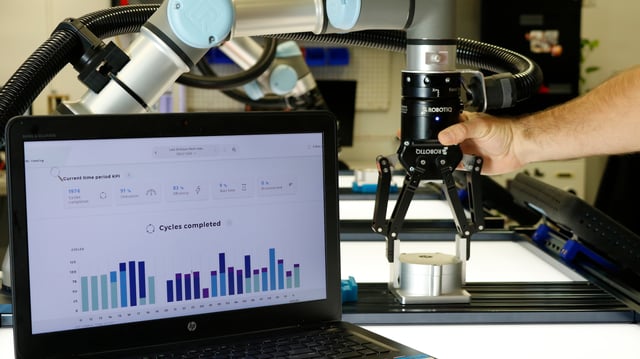
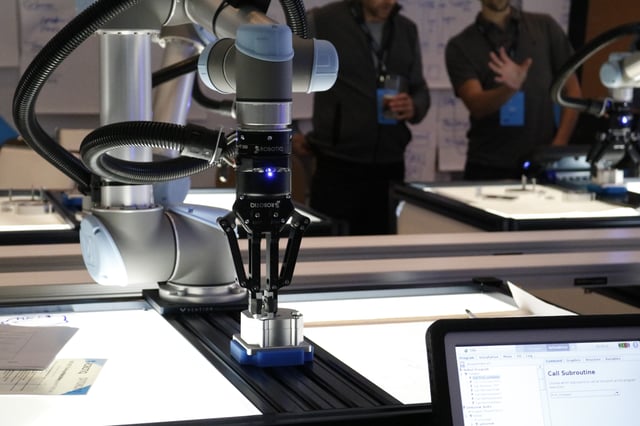
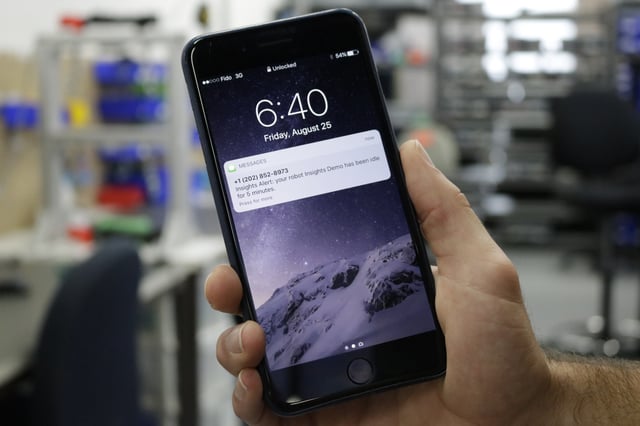

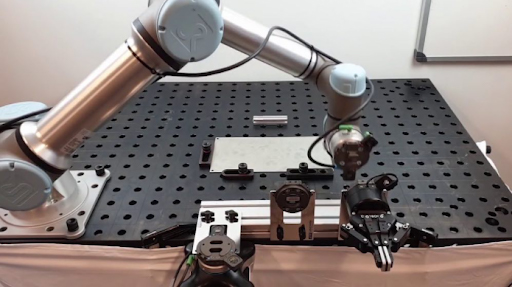

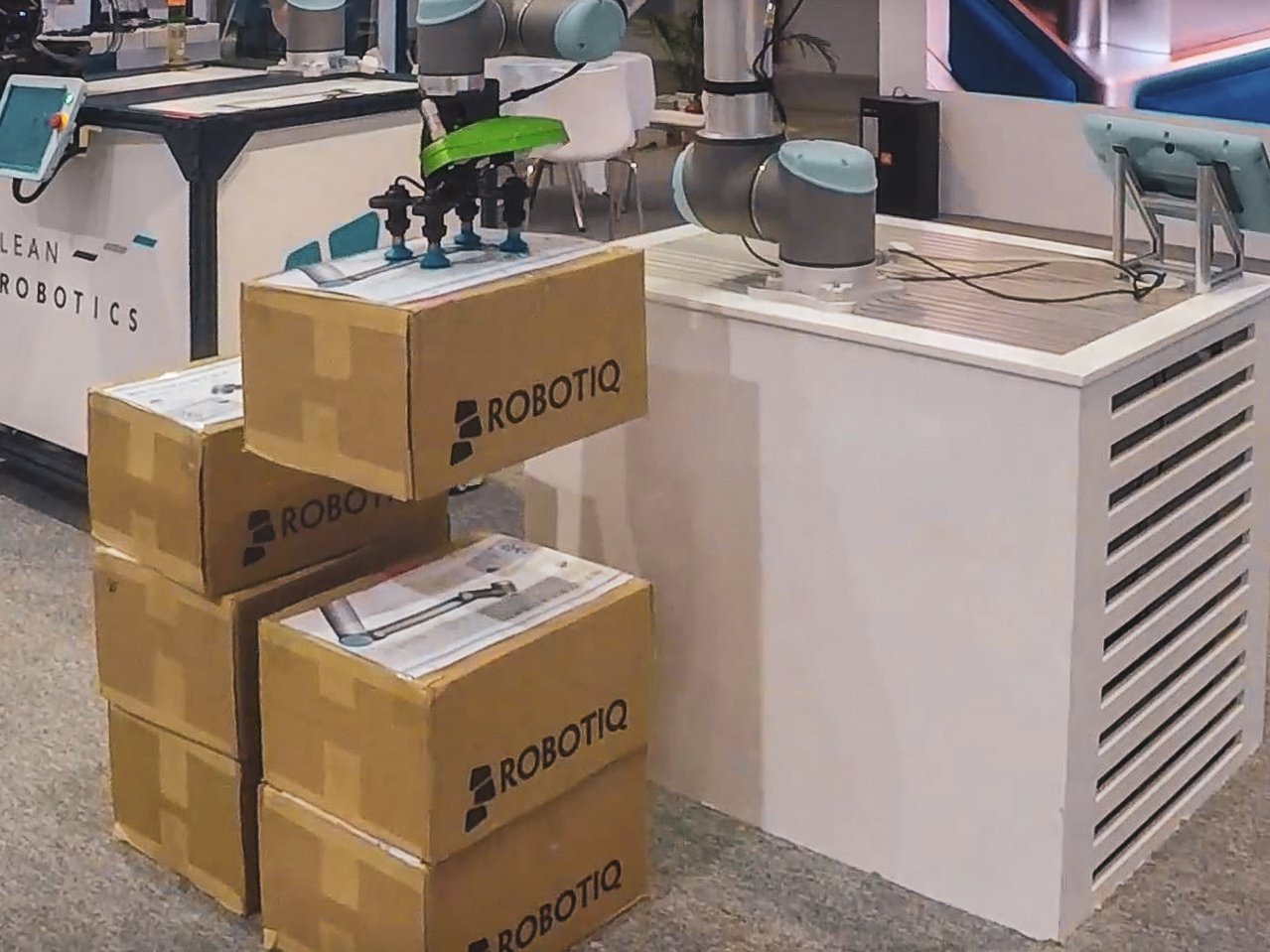

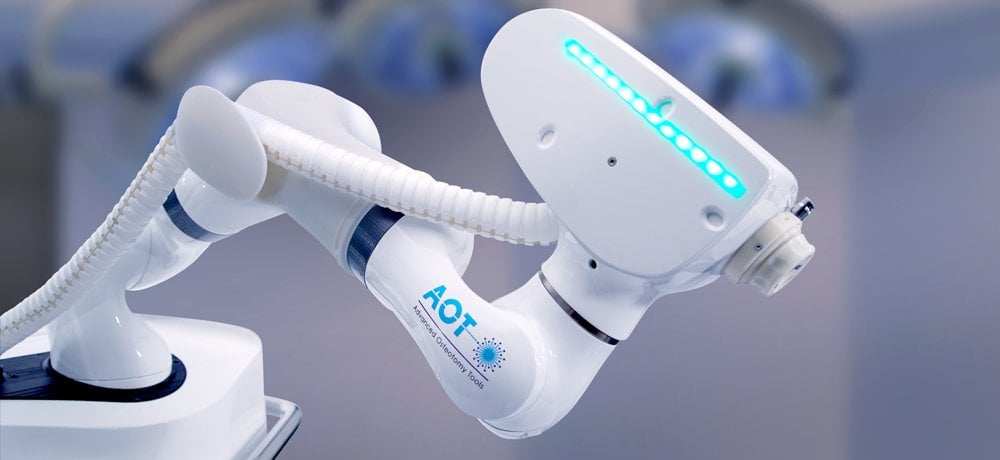


Leave a comment